These flowers will obey only the most experienced growers, ideal conditions, and thorough care. With the right approach, these hardest plants to keep alive will delight you for a long time, especially since growing them to become tall and full of life will be a challenging endeavor. Still, you’d better try hard to take proper care of them because the plants on the list have some of the most recognizable foliage and unique coloring patterns and can become a vivid decoration in every home, which are very fulfilling results of sometimes complex care routines. However, with the info provided in this article and a little help from our plant consultant, you can make even the most capricious greenies thrive!

List of Hardest Houseplants to Grow and Take Care Of
Alocasia
Botanical Name: Alocasia
This exotic tropical plant family is recognized as one of the best deciduous ornamental plants, although in-home cultivation is quite rare. However, due to its unique zebra-like color patterns and the elongated and sharp form of leaves, Alocasia would be the best-looking tropical plant in your house.
The warm and humid microclimate is perfect for it. Direct sunlight is very harmful, so it’s better to shade the flower. Avoid drafts — Alocasia does not tolerate them at all. In summer, the leaves need additional moisture, so try to spray them as often as possible.

Boston Fern
Botanical Name: Nephrolepis exaltata
This plant is one of the most recognizable tropic ferns with lush and thick foliage that can create the feeling of a jungle cover within your home. However, to get the said greenery, one should replicate its native conditions, which can be extremely tricky business. Sub-tropical conditions that this Fern loves include high humidity, warm temperatures, bright yet filtered light, and lots of it. Try keeping the Fern in the range of 65-75 degrees Fahrenheit (18-23 degrees Celsius). Choose an east or west window, and use an air humidifier near the plant.
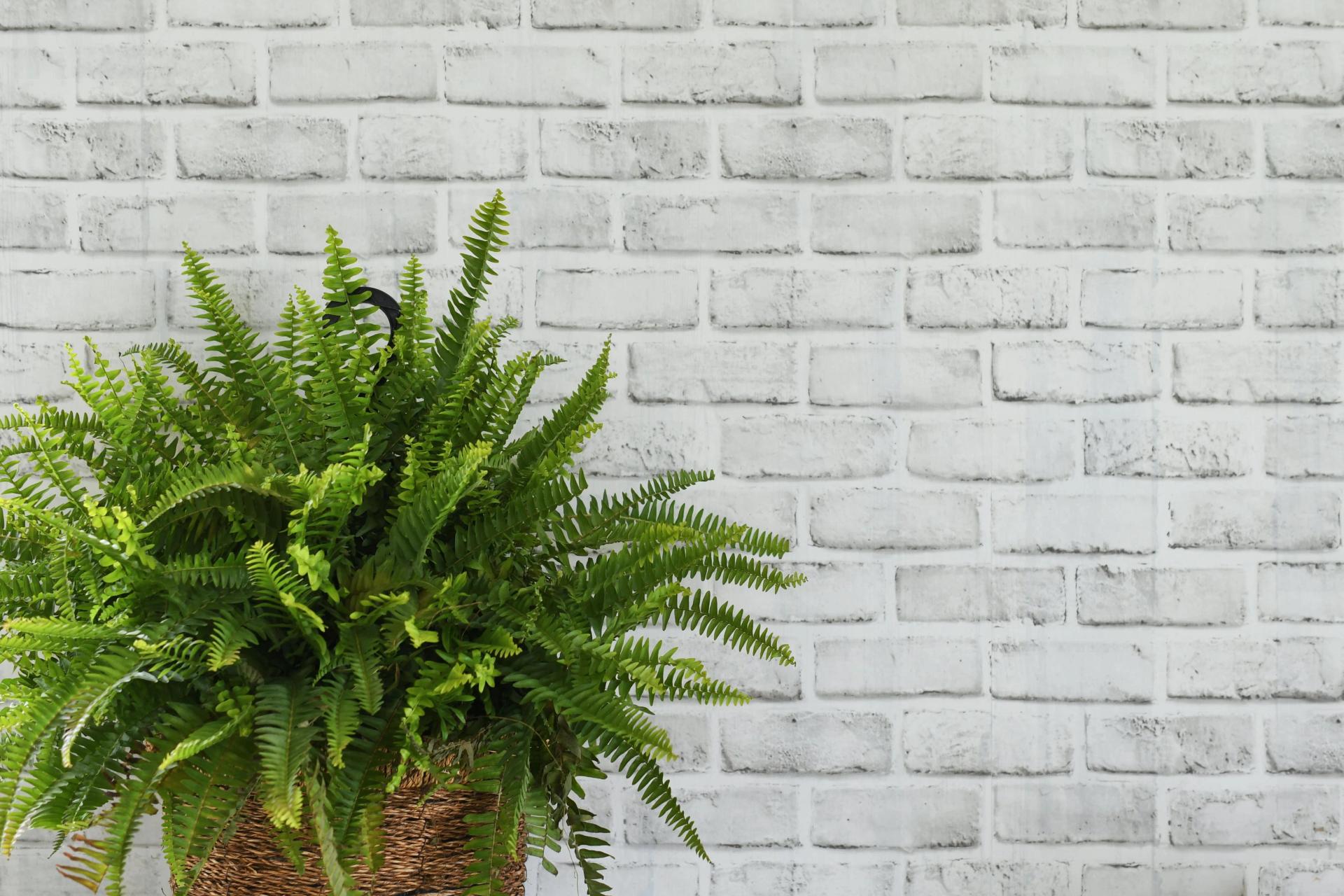
Camellia
Botanical Name: Camellia
It’s another gorgeous flower but could be the most difficult plant to grow. Many love its tenderness, neatness of the bud, and discreet appearance. The proper lighting conditions are vital for it — if this flower is in the shade, then there will be no trace of the buds. Also, provide this flower with cool and humid air for ideal conditions. During the flowering period, in winter, keep the temperature between 10 and 12 degrees Celsius (50 to 53.6 degrees Fahrenheit). The central challenge with Camellia is the imitation of woodland and acid environments that this plant loves, along with managing its prone-to-pests nature.

Fiddle Leaf Fig
Botanical Name: Ficus lyrata
The plant is loved for its ability to grow to almost 10 feet (3 meters) and combine ficus-like leaves with a lush and almost tropical size of foliage that gives the Fig a resemblance to a tree. However, this indoor tree is very finicky about its position in a house, and it’s on the list of most difficult houseplants for many people.
Fiddle Leaf Fig demands constant bright light, moderate to high humidity (misting should be regular), and moist soil but a strict watering schedule to avoid overwatering. The slightest change in the position, hence, light can make the Fig drop leaves; be careful. If you see some worrying signs, begin treatment immediately!
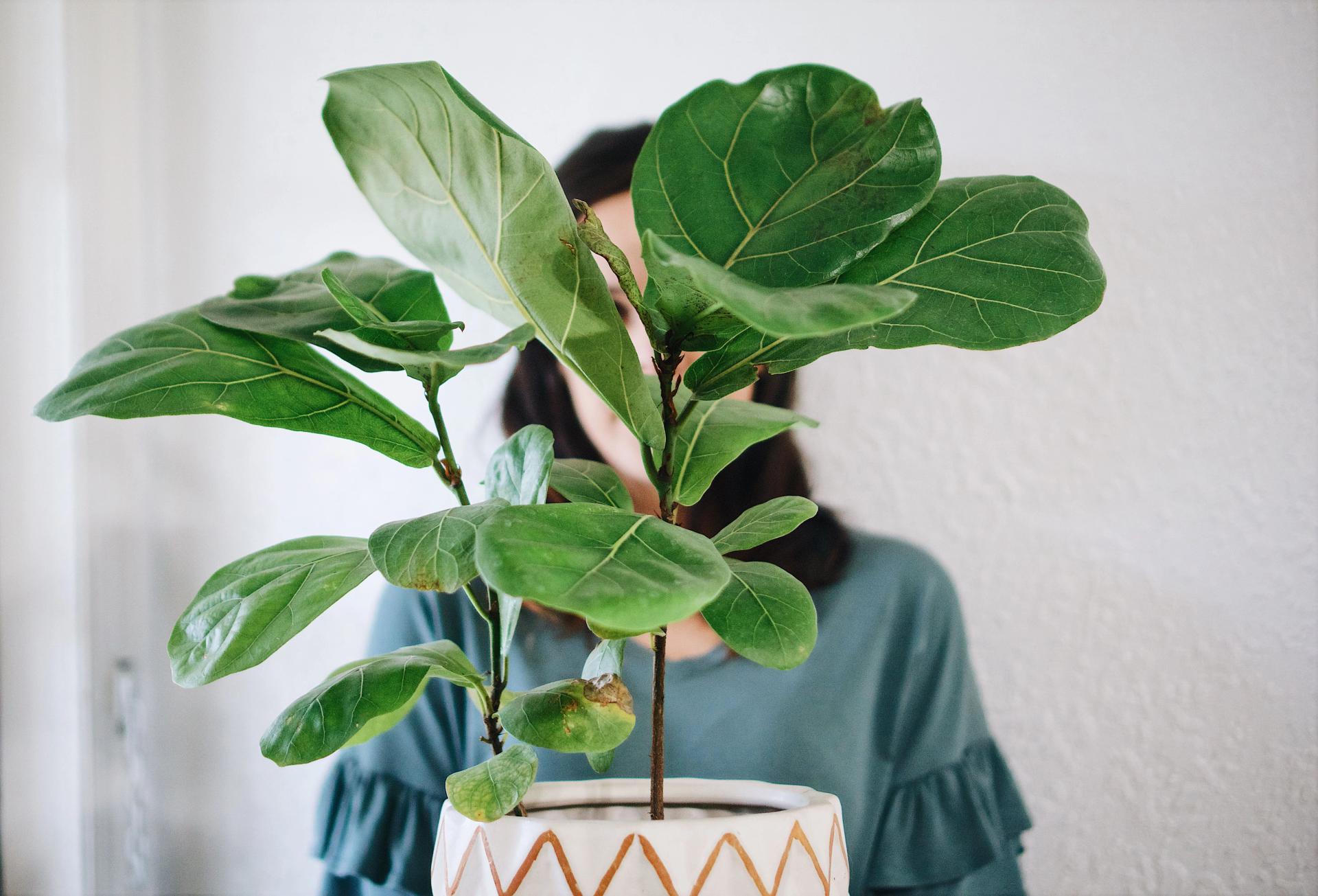
Gardenia
Botanical Name: Gardenia jasminoides
A tropical beauty, a very showy plant, skin-like leaf texture, a sweet scent, and difficult houseplants. It can attract everyone who cares about aesthetics. However, it is enough to start pouring cold tap water on it, unsuccessfully turn it towards the sun's rays or constantly rearrange it in different places - and the flowers will simply droop and fall off. Never place it on west or east windows; keep the room temperature at 15 degrees Celsius (59 degrees Fahrenheit) and protect it from drafts. To get Gardenia to bloom, one must follow strict rules of sun exposure, air humidity, soil acidity, and pest control rules. However, if you follow the growing recommendations correctly, this beauty will be able to decorate any house interior!
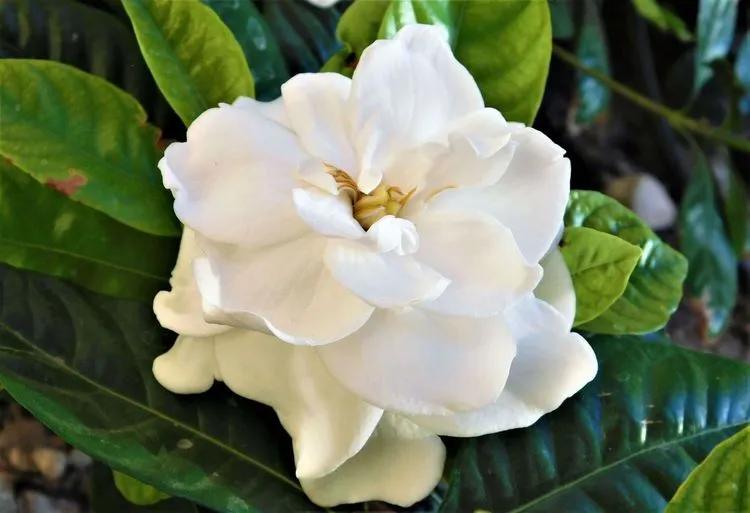
Maidenhair Fern
Botanical Name: Adiantum
An interesting plant that is very popular among ornamental ferns, which are already difficult house plants, due to its lush leaf pattern. This fern does not tolerate direct sunlight; it feels best in partial shade, so northern or eastern windows are an excellent option. Cannot tolerate high temperatures, over 22 degrees Celsius (71.6 degrees Fahrenheit). Air humidity should be high, within 80-90%. Since the plant does not tolerate dust, it is often necessary to carry out wet cleaning in the room where the flower is located. Also, no tobacco smoke, and Maidenhair should not be placed in the kitchen. The air in this room is very heavy for it; provided a long stay in such conditions, the plant will die.

Posier Miniature Rose
Botanical Name: Rosa Chinensis Minima
Some gardeners-beginners think that the miniature version of the most popular and thus common flower on the planet could be an easy-to-care plant. However, these cute miniature roses require a lot of attention to get a gorgeous bloom and, more importantly, to get that bloom last for more than several days, which makes the task of growing them a tough one.
These roses need more than 5 hours of direct sun exposure, humid air (it’s better to use an air humidifier near a plant), and great air circulation but without drafts. Finally, for the best results, use water-soluble fertilizers during growing seasons.

Orchid
Botanical Name: Orchidaceae
The whole plant family of Orchids is known for their vividly colored blooms and thin stems, creating minimal and fragile yet colorful decorations for any home. However, the Orchid is a tropical plant, which means the problems with its care are centered around replicating its native environment. Orchids need indirect bright sun exposure and little watering (once a week will do). It would be better to place the plant near both widows. Also, its leaves can hint when the sunlight isn’t right: red blush means too much sun, and green but darker means not enough sun. Finally, make sure the soil is not waterlogged.
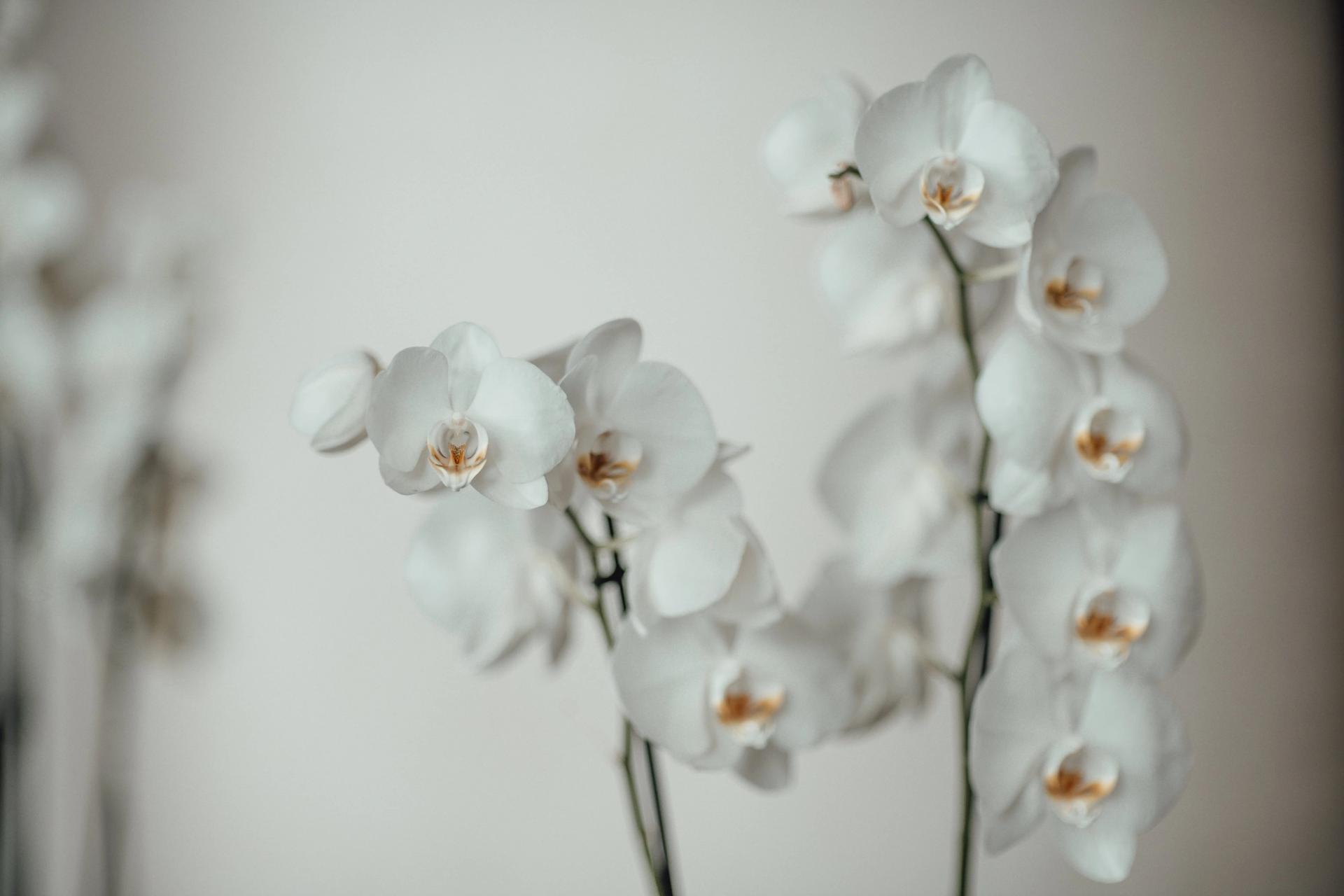
Prayer Plant
Botanical Name: Maranta leuconeura
Deciduous ornamental plant with voluminous patterned leaves. The beautiful green hue of the leaf plate and the red stripes on it give this plant an outlandish look. The care is not as whimsical as others, but there are still some nuances. Maranta loves diffused lighting, moderate watering, and high humidity. The transplant is best done twice a year. The problems with Prayer Plant care stem from its tropical origins, which are not very easy to replicate in some regions.

Rose Grape
Botanical Name: Medinilla magnifica
This plant has earned its popularity due to its multi-layered and unusual flower. Although Medinilla is very capricious, the room humidity should be no less than 90%, which is a lot for ordinary living conditions. Watering is moderate, but the temperature is not lower than 16 degrees Celsius (60.8 degrees Fahrenheit). During the flowering period, from May to August, the temperature should be between 18-25 degrees Celsius (64.4-77 degrees Fahrenheit), and you should not rotate or rearrange the flower during this period. It’s a pretty high-maintenance yet unique-blooming flower.

Satin Pothos
Botanical Name: Scindapsus pictus
Its name translates as “ivy-like tree.” This foliage plant has great white and green leaves, and its resemblance to Ivy allows it to be a good addition to a hanging plant collection. The best lighting will be partial shade, but if the flower has a pattern on the leaves, then more light will be needed than monochromatic.
If you decide to place a flower on the south window, then place it at a distance of two or more meters. It is very water-demanding — water it systematically and in moderation.
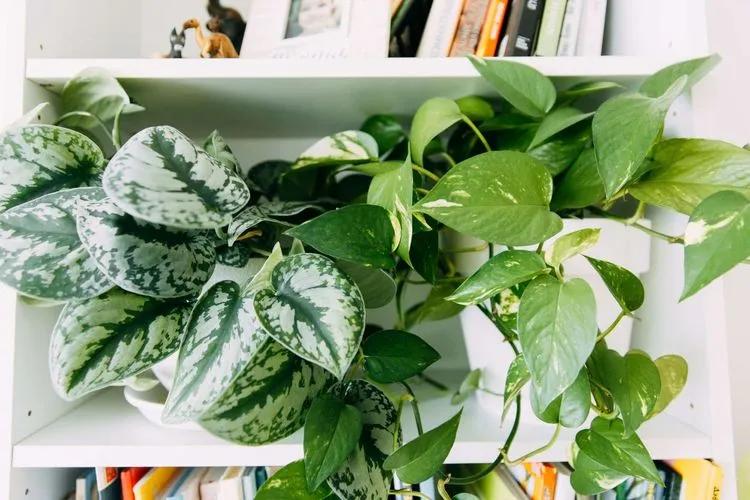
Stromanthe
Botanical Name: Stromanthe
A plant family that is known by many for its appearance and unique foliage coloring pattern that often contains a vivid combination of 3 colors. It came to us from the tropical rainforests of South America, hence, the challenging care rules. Also, these plants are quite hard to take care of. In winter, watering should be very moderate — it is easy to overwater the plant. The light should be bright and diffused; partial shade will be best. During the growing season, temperatures should be between 22-25 degrees Celsius (71.6-77 degrees Fahrenheit). The usual temperature is below 15 degrees Celsius (59 degrees Fahrenheit).
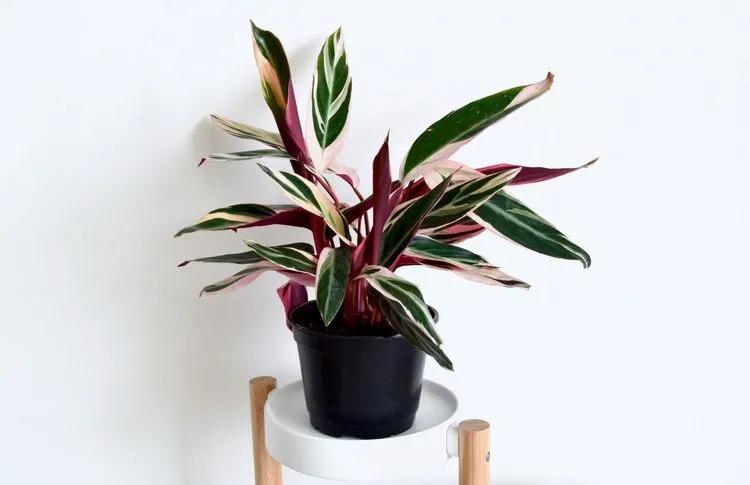
Weeping Fig
Botanical Name: Ficus Benjamina
This plant is beyond the strength of many. There are plenty of reasons to include it in the list of the most difficult indoor flowers to care for. If you do not comply with the following points, your Ficus will instantly throw off its lush foliage. Watering should be moderate, using distilled water. Maintain adequate lighting and temperatures between 17-23 degrees Celsius (62.6-73.4 degrees Fahrenheit). You should not rearrange and rotate the flower; keep it away from drafts and high humidity. However, if followed correctly, Weeping Fig will produce lush evergreen foliage and can become the tallest plant in your house.

Zebra Plant
Botanical Name: Aphelandra
This flower has just begun to gain popularity among flower growers, but many have already liked it. Rich yellow color and ribbed leaves with white stripes make this plant pleasant to observe. Aphelandra can’t stand temperature extremes, droughts, and air drafts. Water the flower in a very delicate and moderate regime.
One should also remember to adhere to filtered sun exposure and remove the spikes after the flower dies to get the flower to bloom more frequently since Zebra Plant won’t produce seeds from the said spikes but rather convert energy to bloom again.

FAQ
What Makes a Plant Hard to Care For?
A plant is hard to care for when it needs very specific light, water, humidity, or soil. It may struggle with sudden changes, drafts, or inconsistent care. Sensitive plants can also react easily to pests, diseases, or too much or too little fertilizer.
What Is the Hardest Plant to Keep Alive?
The list of the hardest plants to take care of varies from gardener to gardener. However, the lists often feature Orchid, Gardenia, Fiddle Leaf Figs, and Boston Fern.
What Is the Hardest Flower to Grow?
The flowers have some finicky species too. In fact, many gardeners state that Gardenias and Orchids are the most complicated to care for flowering plants they know.
What Is the Most Unkillable Plant?
Some plants are known for their low-maintenance nature. However, Dracena or Lucky Bamboo plant is one of the most notorious unkillable plants due to its ability to survive almost complete neglect.
What Is the Hardiest Plant in the World?
The opinions vary regarding this title. Some say the hardiest are the ones in the Arctic, and some say that this plant should withstand the driest and low-humidity environment on the planet. Hence, Purple Saxifrage and Welwitschia mirabilis could be named the hardiest plants in the world.
What Is the Hardest Houseplant to Look After?
Every plant on this list deserves the title of “hardest to look after.” However, be aware of the finicky nature of Fiddle Leaf Fig, Maidenhair Fern, Gardenias, and Stromanthe family.
Sign up to learn more about the most finicky plants and how to quickly identify (and meet!) their personal needs.
Don't forget to leave a comment! Your feedback will help PlantIn grow faster.
